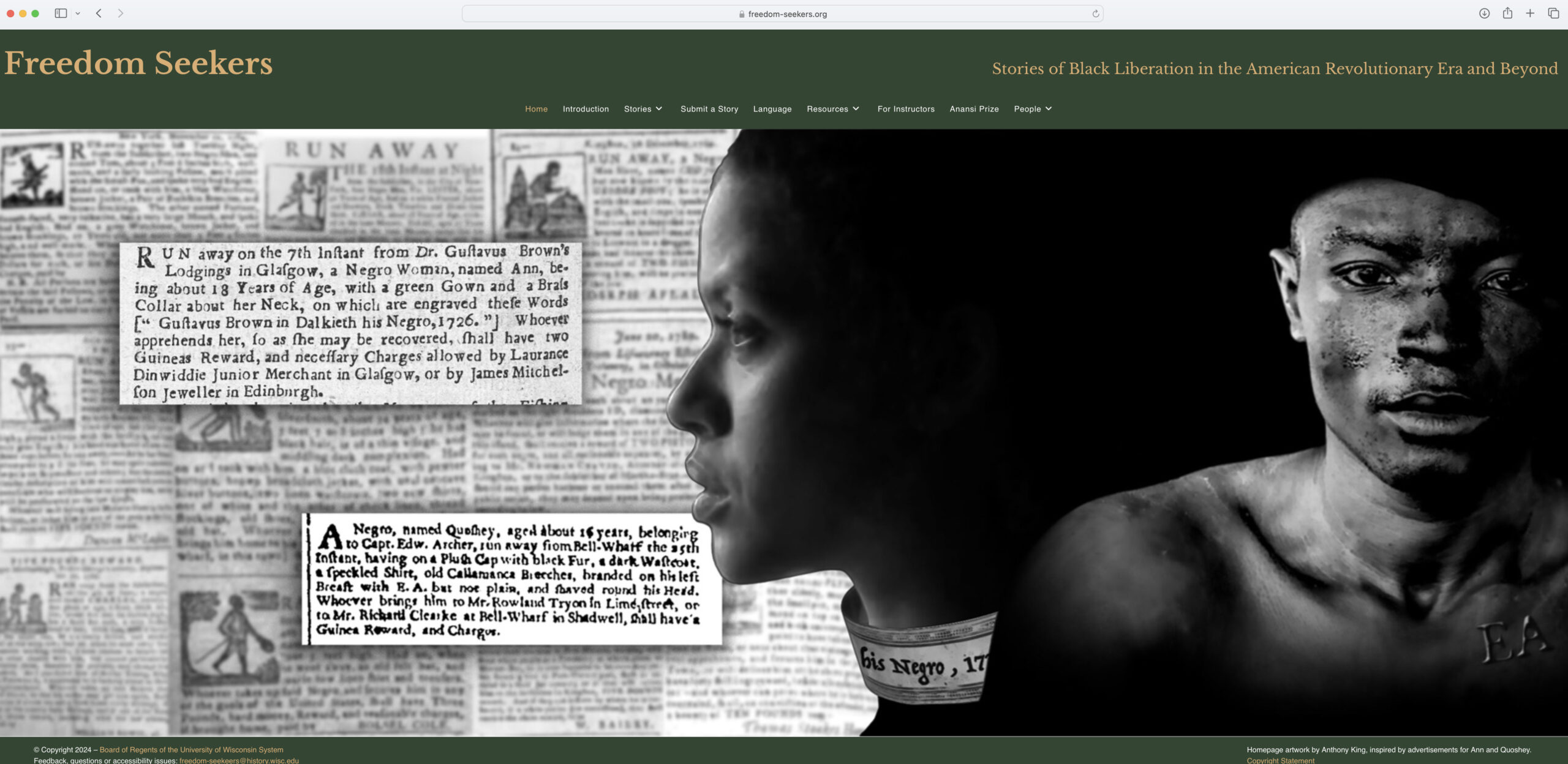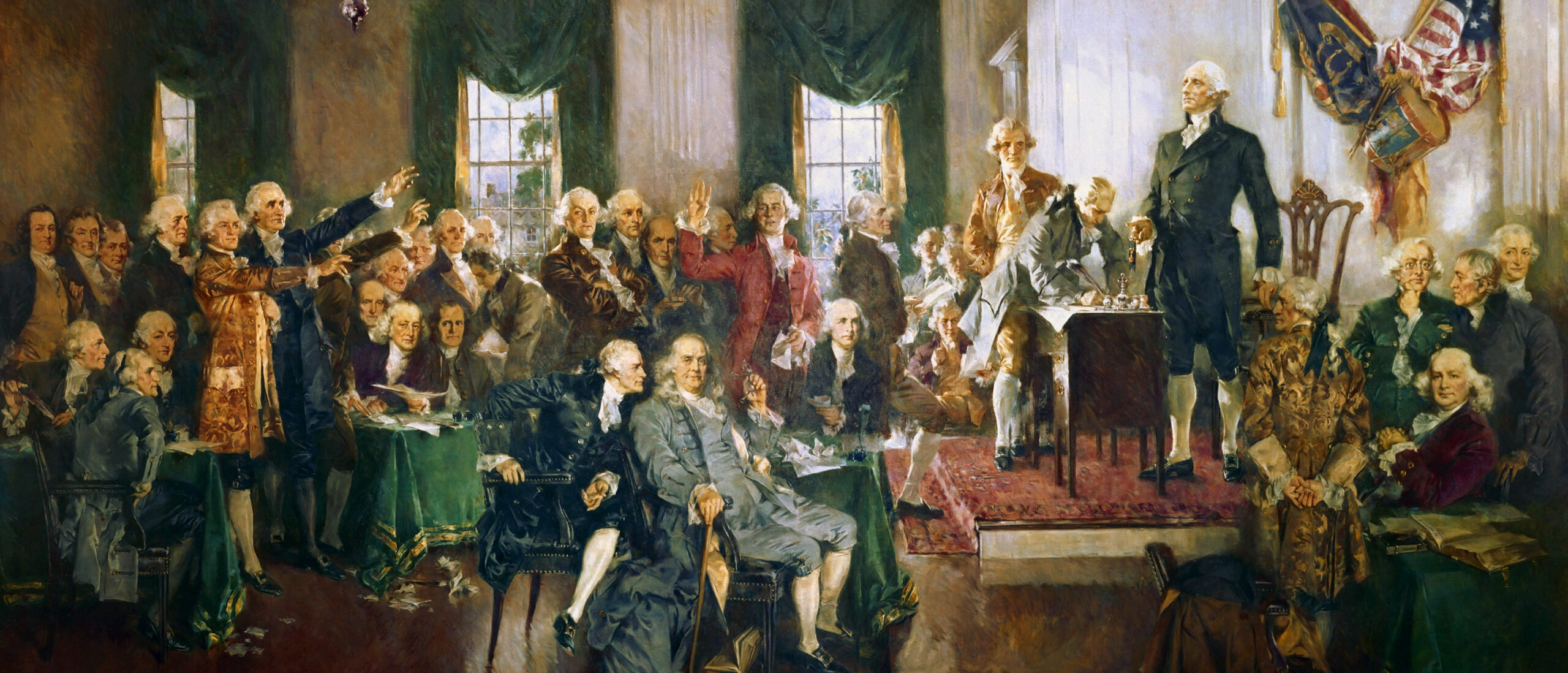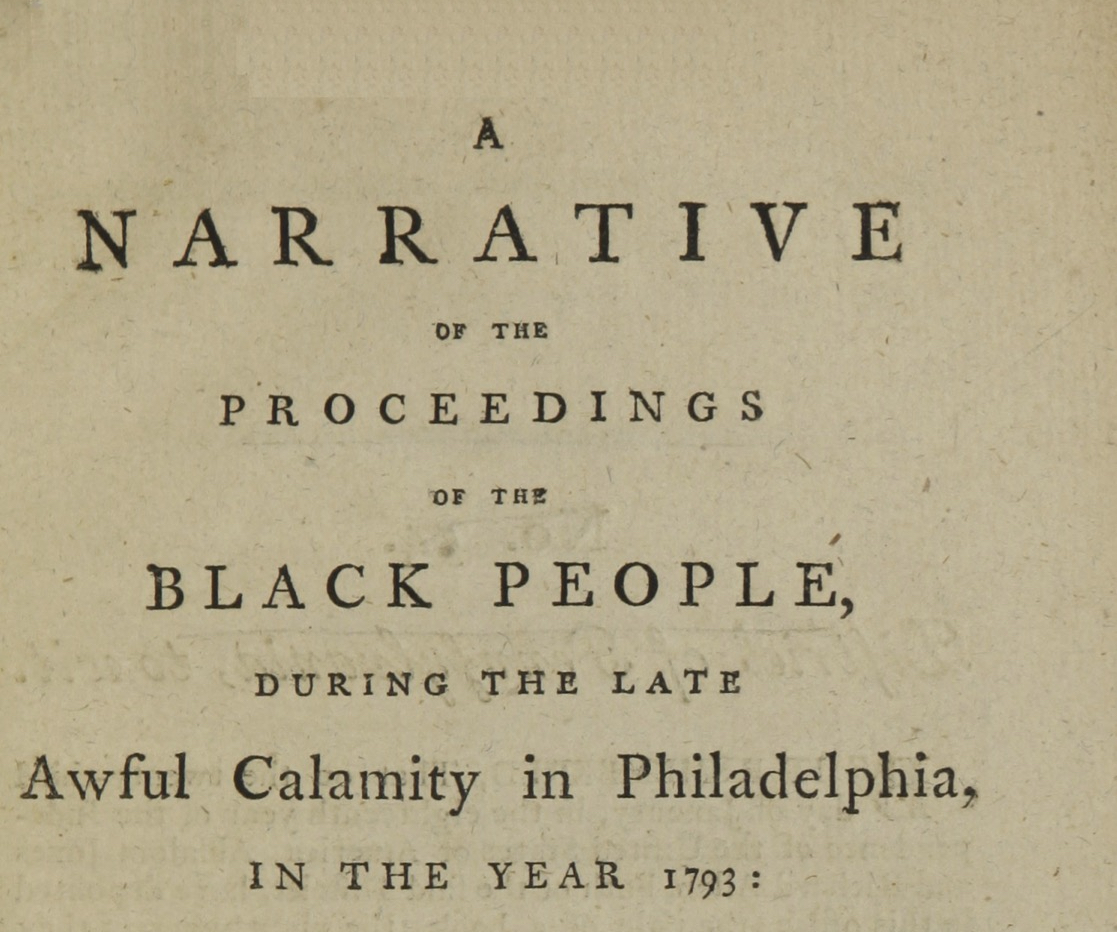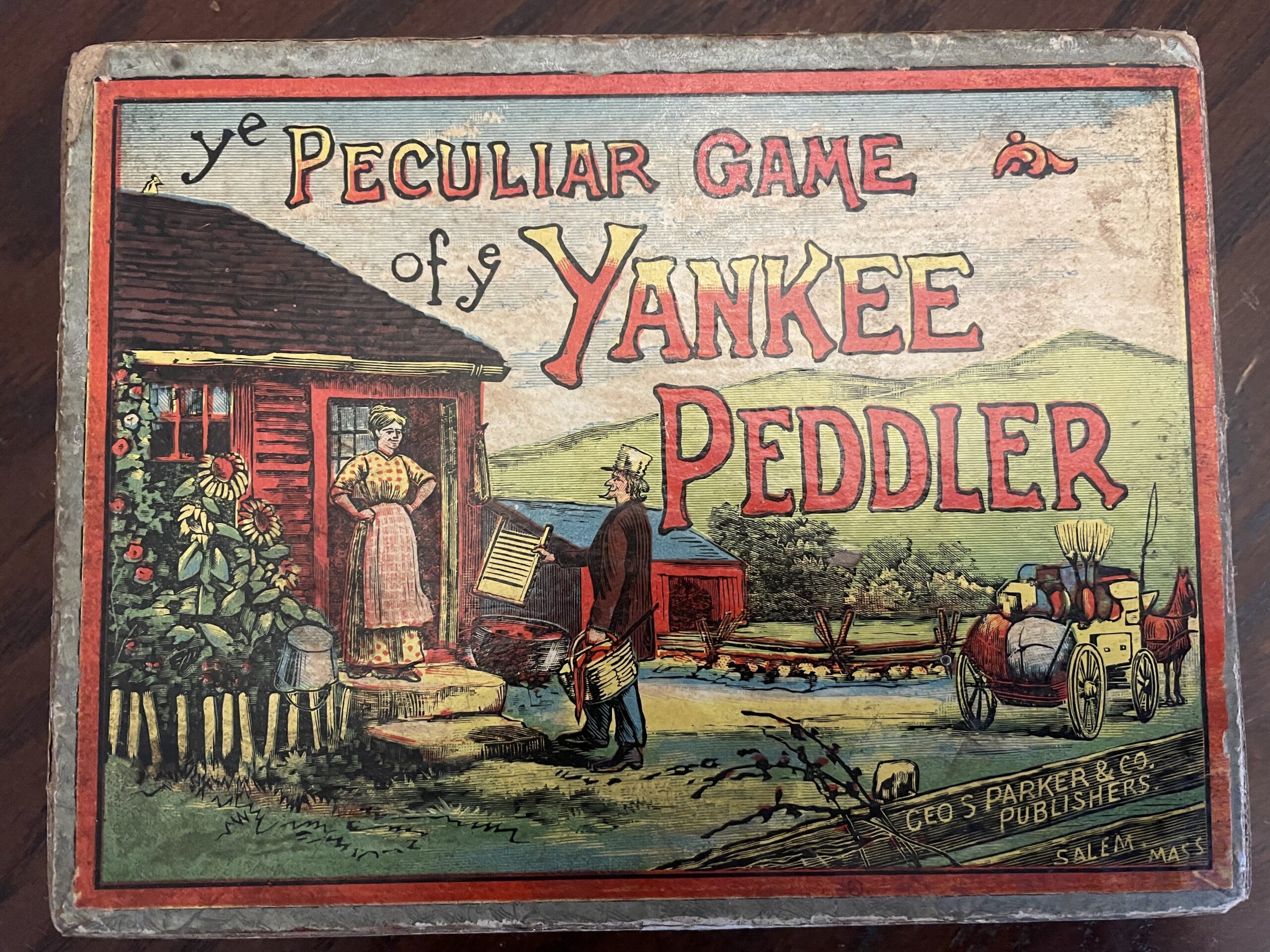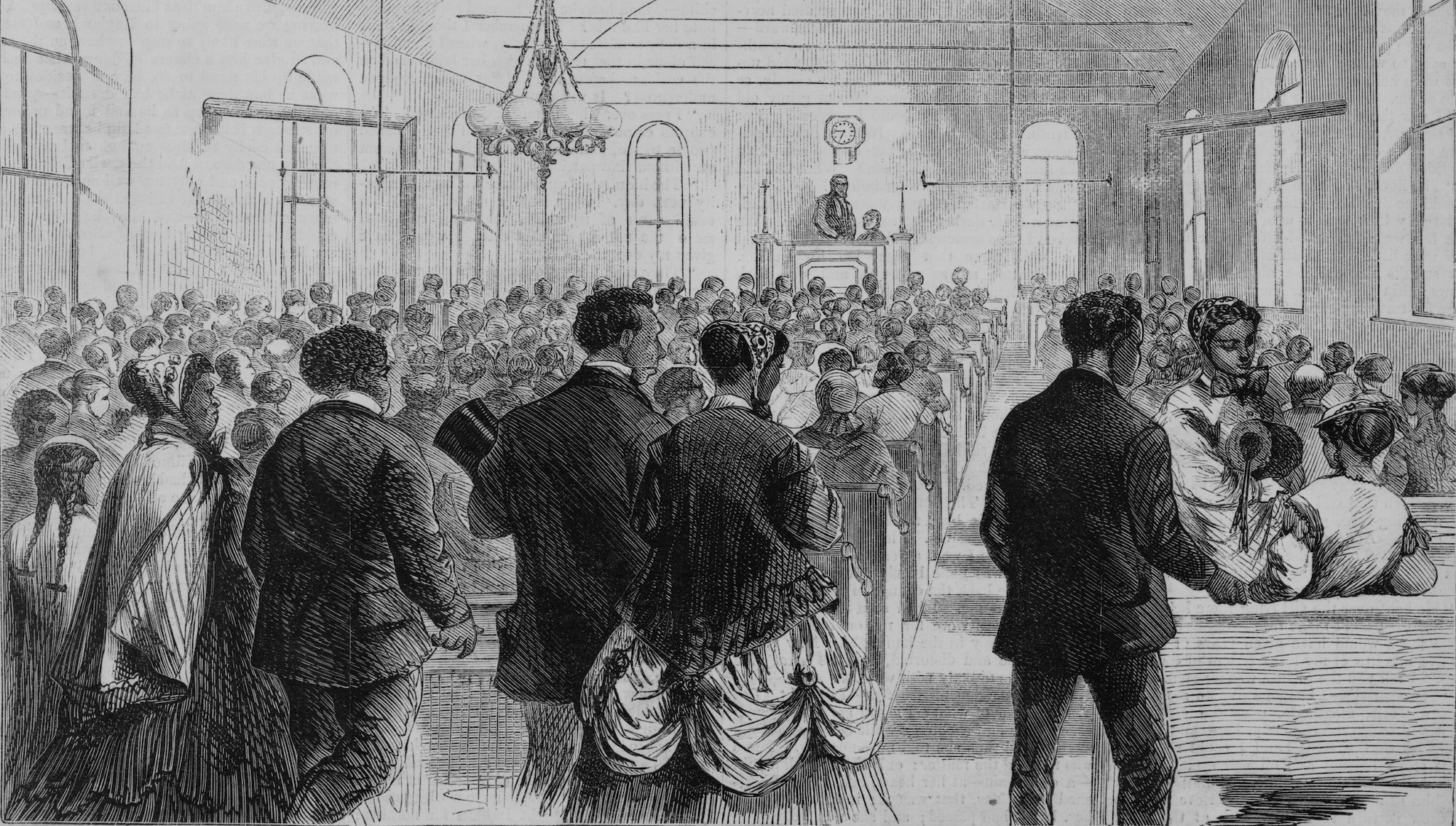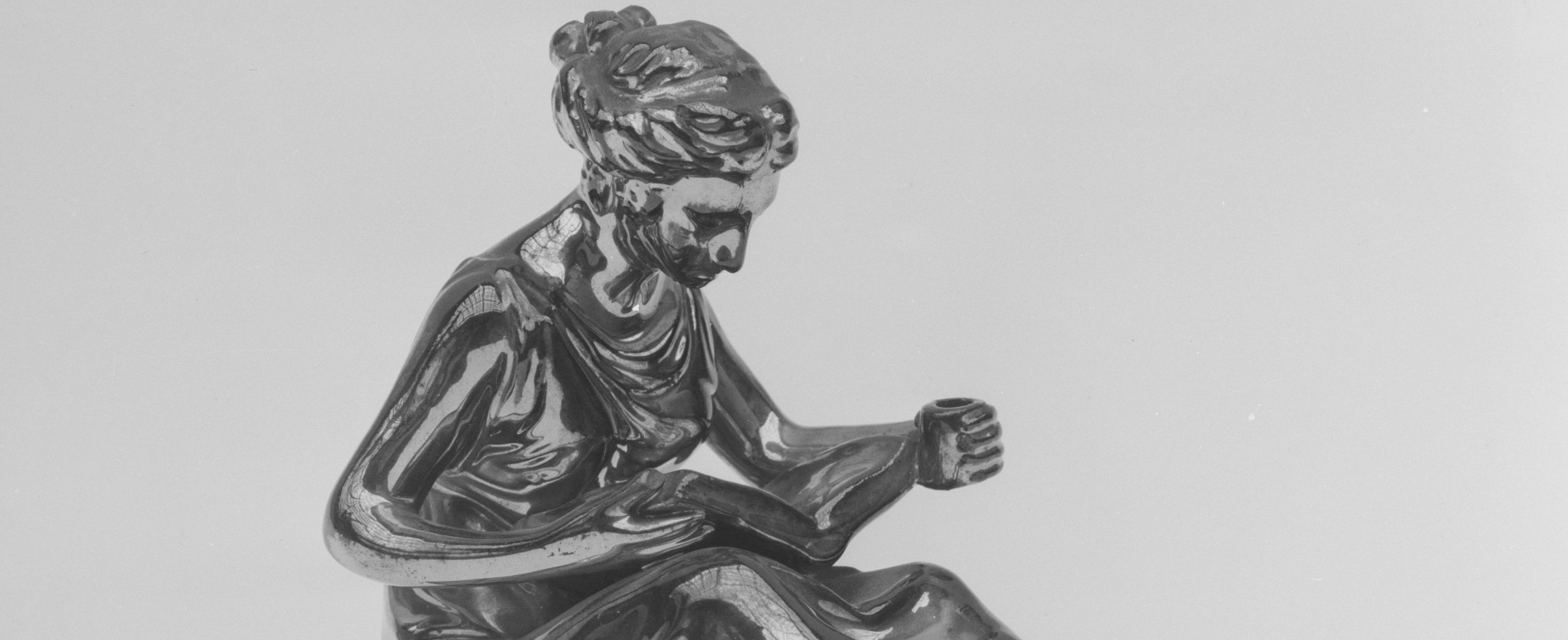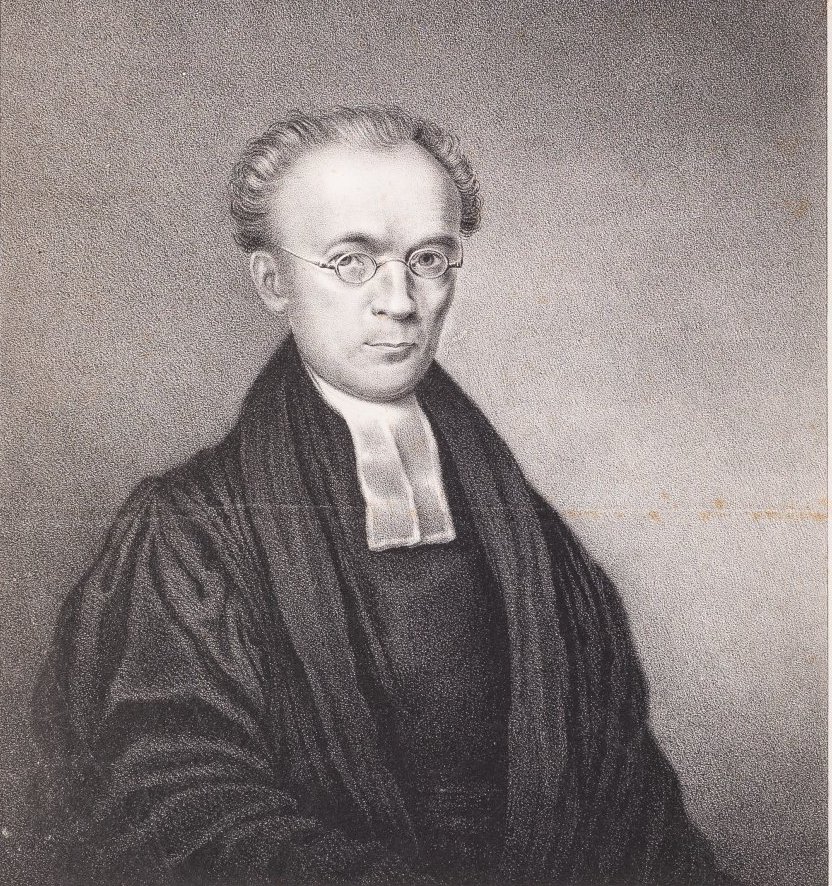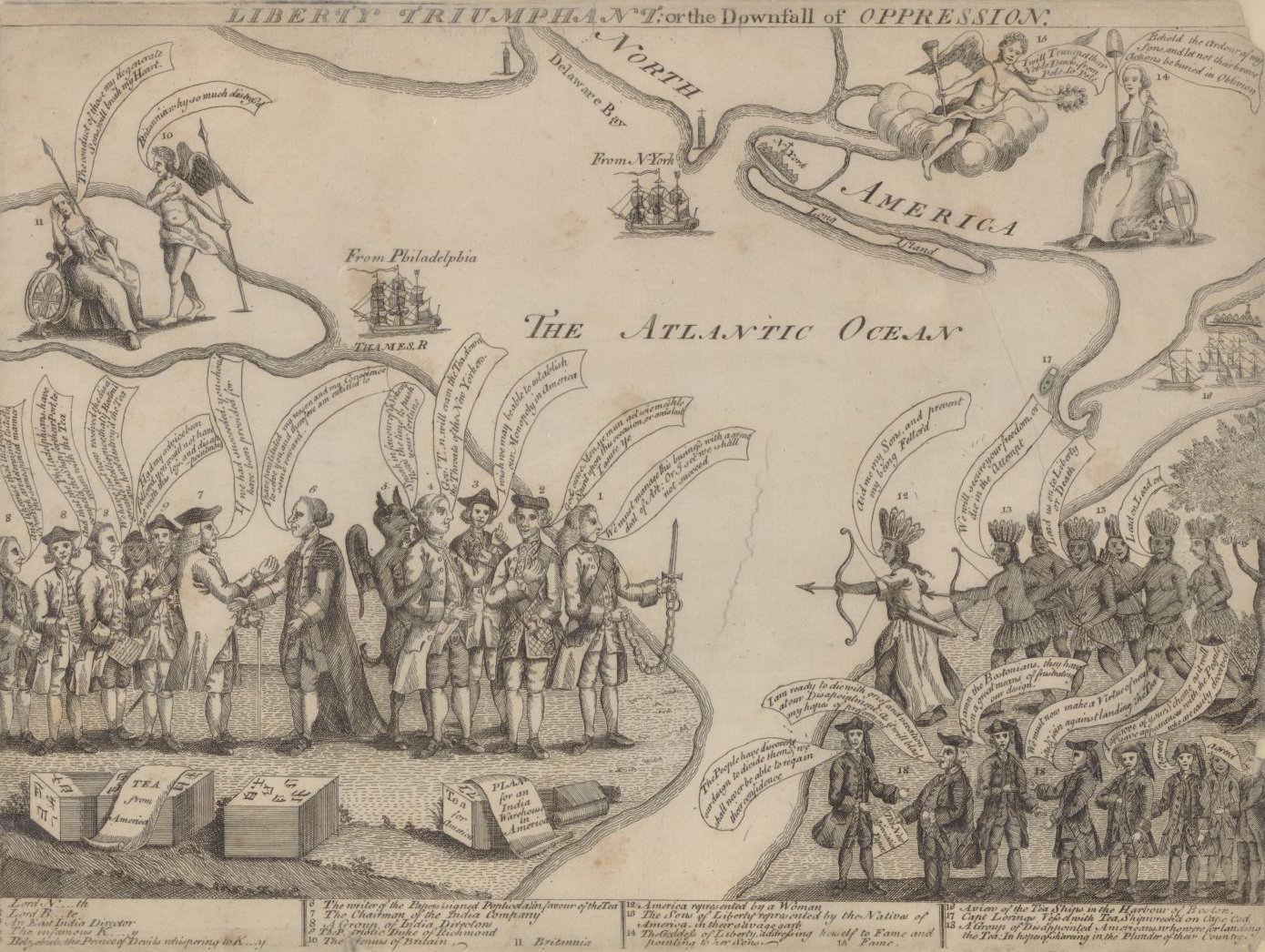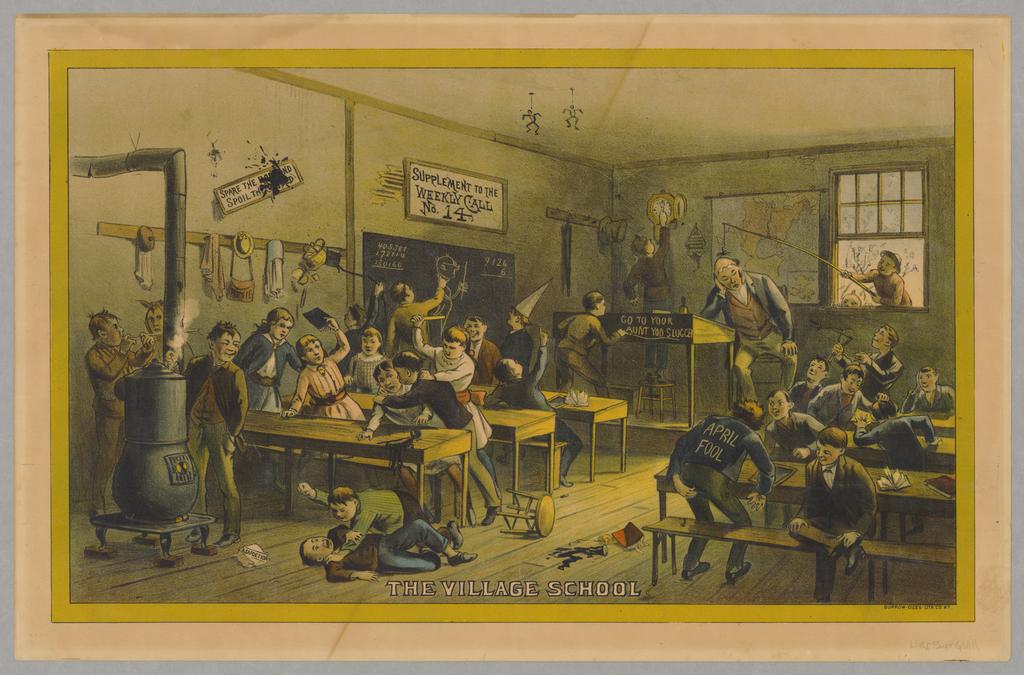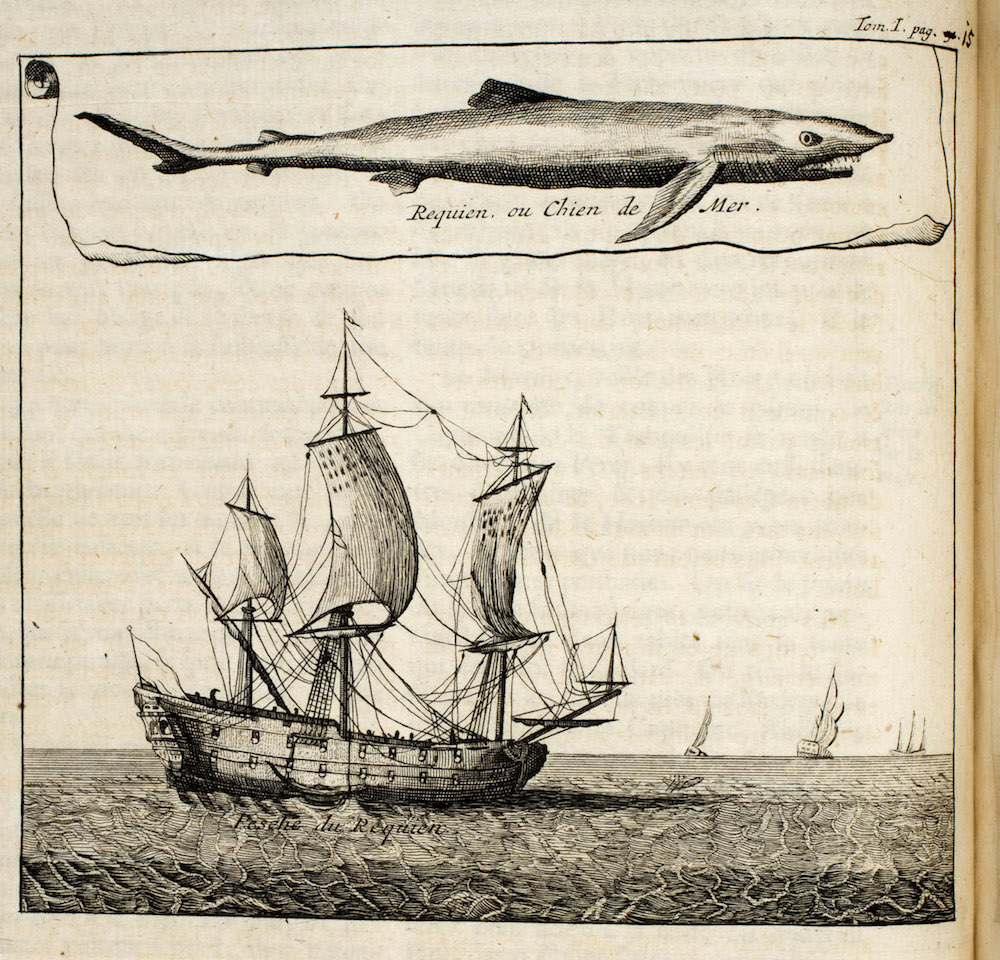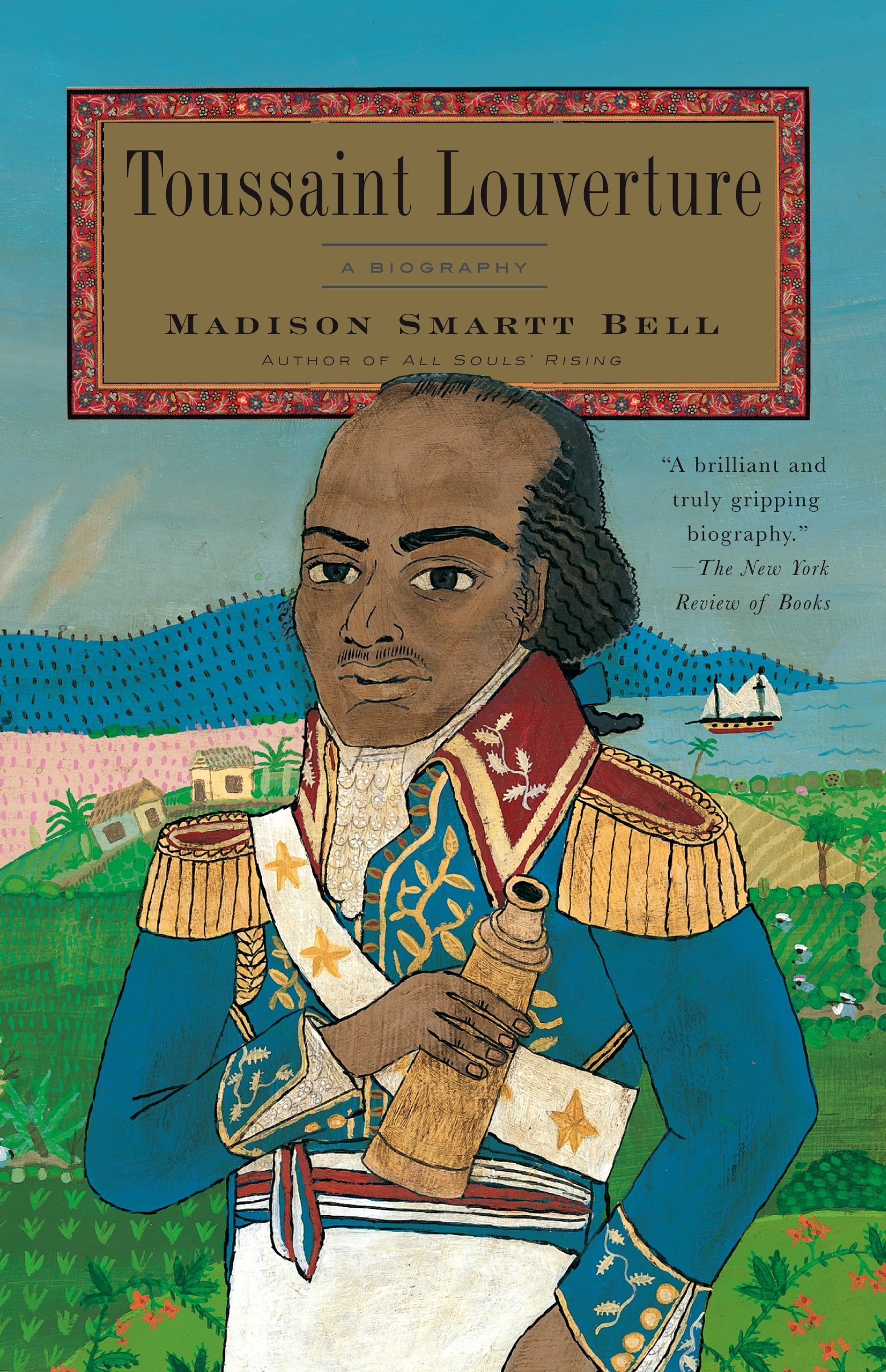From the late 1950s until the mid-1980s, Edmund Morgan regularly taught a year-long graduate seminar at Yale that has become legendary among professional historians. Morgan, the author of more than a dozen books, including Inventing the People: The Rise of Popular Sovereignty in England and America (New York, 1988) and, most famously, American Slavery, American Freedom: The Ordeal of Colonial Virginia (New York, 1975), is a leading authority on early American history. Past president of the Organization of American Historians, a member of the American Academy of Arts and Sciences and the British Academy, Morgan recently received yet another honor–last year President Clinton awarded him a National Humanities Medal. But none of these accolades fully recognizes his contributions as a teacher.
In 1972-73, my second year of graduate school, I was fortunate enough to take Morgan’s famous graduate seminar. More than a quarter century later it is absolutely clear to me that it offered me my first grounding as an historian.
Morgan ran the seminar in his office, a room only slightly larger than those of other faculty, but with an oversized library table that took up most of the space and could accommodate about a dozen students. George Miles, now a curator at the Beinecke Rare Book Library at Yale, remembers that “the setting made everything seem intimate without being precious. It created a sense of a community of scholars in a way that a class-room never could.” Ed had a phone on his desk equipped with an oversized toggle switch that turned the ringer on and off. When he threw that switch, the seminar began.
It was a two-semester course, and at the first session Ed told us we would spend the first few weeks of the semester picking a topic. We would research during the winter and write in the spring. He wanted us to produce “publishable” papers. I quaked a little when I heard that, but he said it in such a casual, almost offhanded way, he made it seem possible. Joseph Ellis, who recently won the National Book Award for his biography of Jefferson, had something of the same experience when he took the seminar in 1965. “I had not even majored in history as an undergraduate, was wholly bereft of any mature sense of history as a profession, and therefore felt hopelessly behind classmates like John Blassingame and Tim Breen. I had read two of Morgan’s books, The Puritan Dilemma and The Gentle Puritans, and my chief attraction was to the elegant simplicity of Morgan’s style. I didn’t know much American history, but I did know that I wanted to write history like him.”
We would begin, Ed said, by looking for the answers to some questions in early American history that he was working on himself. I didn’t know it at the time, but in 1972 he was finishing up work on American Slavery, American Freedom, and many of the questions he posed to us related in one way or another to that project. At that first meeting two or three of us got assignments that we were to report on the following week. “Morgan’s method was as deceptively simple as his style,” says Ellis. “He didn’t quite assign topics, but tossed out little slices of a big historical question.” I had come to Yale to study the American West, so I grabbed his question about the meaning of the term frontier in seventeenth- and eighteenth-century America. “Where should I go to find evidence,” I asked. He suggested I take a look at the published records of the colonies, or the published papers of some prominent figures like Franklin and Washington–but first try the OED. What was that? I wondered, but didn’t have the gumption to ask. Over the next few days I looked at material I hadn’t known existed and fell in love with the Oxford English Dictionary. (Later that year I would join the Book-of-the-Month Club to get the compact edition offered as a signing bonus. That now ragged set still sits within reach of my desk chair.)
This was how it went for the first seven weeks. Ed sent us out to dig up what evidence we could find on a variety of questions, each extremely interesting in themselves, but especially valuable for introducing us to all corners of Yale’s extensive library collections, to the various bibliographic and reference tools available to early American historians, and to questions of evidence and interpretation. One week he focused on the Atlantic crossing. What was the length of the voyage from England to North America in the sixteenth and seventeenth centuries? What size were the ships and the crews? What American products were shipped to England before the founding of Jamestown? Another week he asked about English impressions of the Indians. What did the first published English accounts of America say about the political organization of Indian societies, about their religious beliefs and practices, their agricultural techniques? What was the meaning of the word cannibal in Spanish works translated into English before 1607? Another session was devoted to church organization in New England. How were ministers chosen? What were their salaries? Who owned the meeting house? What was the ratio of church membership to town population? Were there ever Negro or Indian members? What was the sex ratio of church membership? What was the age structure? How many church members were widows? “Of course these questions led inevitably to other questions,” remembers my Yale colleague Jay Gitlin, who took the course in 1974-75. “By the time class was over, I felt I knew a great deal, and knew it securely, in a very grounded way. And I knew how historians know things, and had many ideas about further questions to ask.”
For the last of these sessions Ed provided us with facsimiles of two seventeenth-century documents that we were to transcribe. At the meeting we compared our results, which were wildly variant. We talked about the styles of handwriting in early America, and he showed us how to make and sharpen a quill pen. It was unforgettable. “This was a very fun class,” Gitlin smiles. “I wrote to my parents and brother in a seventeenth-century hand for a week.”
Meanwhile we were working on our own topics, and for the remaining weeks of the semester each of us presented them to the seminar. I had done a report on widows in seventeenth-century New England churches during one of the early weeks, and now proposed a larger investigation of the elderly in a seventeenth-century Connecticut town. For our presentations we were to review the relevant secondary literature, demonstrate the way our historical questions grew out of that literature, and give some examples of the kinds of primary sources we planned to use as evidence. We were to provide full bibliographies for the seminar, but Ed insisted that we focus our presentation on trends and issues rather than a mere catalog of the literature. Those discussions were some of the most exciting of my entire graduate education. “Morgan tended to play intellectual pin-ball, shooting a question or opinion onto the table, then letting it rattle around until it lost momentum,” Ellis recalls. “The dominant message seemed to be that we were all in this together, the most intriguing questions were not susceptible to pat answers, and his only advantage was that he had been thinking about them longer than us.” He didn’t show much interest in the interpretive debate itself. The discussion was meant to lead us to questions of our own.
I researched my project over the holidays and into the second month of the new year. The seminar began meeting again in mid-February when we made preliminary reports on our research. At midterm we began with the first full presentations of our papers. “In my recollection some of those drafts were dreadfully boring–ecclesiastical history was not yet dead,” George Miles laughs. “But others were fascinating and ran the gamut from early seventeenth century right through my paper on the impact of western lands on the formation of American identity in the early republic.” What most sticks in Miles’s memory, however, is also indelible in mine–“the way that Ed took every paper seriously, and was a gentle but incisive critic.”
During these sessions Ed made a number of off-the-cuff remarks about doing history, little bits of wisdom that are fondly recalled by his students.
- When you are doing your research, don’t dismiss the unexpected–pursue it; hone in on research findings that take you by surprise.
- Never fear to work on a subject just because you know someone else, even a heavyweight in the field, is working on it; you have an original contribution to make.
- As you begin writing, read the works of historians whose style you admire and would like to emulate.
- Discard the methodological and theoretical scaffolding you constructed to do your research; too many monographs are all scaffolding and no building.
- Assume your reader is intelligent but ignorant of your topic.
- Don’t fret over beginnings; start writing where it feels easiest, and in the process you’ll discover your beginning.
- Do not write an essay or book that stands or falls entirely on its thesis; offer something valuable even to those readers who will reject your central argument.
Ed taught us how historians do history, and it is startling to realize how much of what I say to my own students I first heard from him. This is a common experience for all Morgan alumni. “I live with my memories of Ed’s seminar on a near-daily basis,” says Karen Halttunen, “since I find myself quoting him all the time to my own grad students.”
“But perhaps the most important thing I learned in Ed’s seminar,” Halttunen continues, “was conveyed silently. From the model of scholarship and teaching he provided, I learned that the greatest of historians–such as himself–do not tolerate intellectual arrogance whether in others or in themselves. To me, this wasn’t simply a lesson in good academic manners; it was an important insight into what makes intellectual greatness like that of Morgan’s. Towards the end of his life, Isaac Newton captured this quality, by likening himself to a boy playing on the sea shore, occasionally finding a smoother pebble or shell than ordinary, ‘whilst the great ocean of truth lay all undiscovered before me.’ I think Ed conveyed to his students that we were all of us just like Newton’s boy on the beach. Most of us needed to hear this, and most of us, I suspect, have never forgotten it.”
Edmund Morgan is now retired. He splits his time between his home in New Haven and his cottage in New Hampshire, and is rarely spotted on the Yale campus. Always a man who enjoyed working with his hands, he is a woodturner, and makes beautiful bowls and other wooden vessels. Although he regularly contributes to the New York Review of Books, he claims to have written his last book. He may also have taught his last student. If my own experience is any guide, however, dozens of historians around the country teach their own students a version of the “Morgan method.” As Joseph Ellis puts it, Morgan taught us that “interpreting the past means laying your own eyes on the primary sources and seeing patterns there that no one else had seen before. Before there was the Nike ad there was the Morgan dictum: Stop telling me what other historians have said and tell me what you see.”
This article originally appeared in issue 1.3 (March, 2001).
John Mack Faragher teaches at Yale and, most recently, is the co-author with Robert V. Hine of The American West: A New Interpretive History (New Haven, Conn., 2000).



